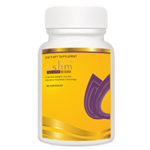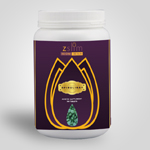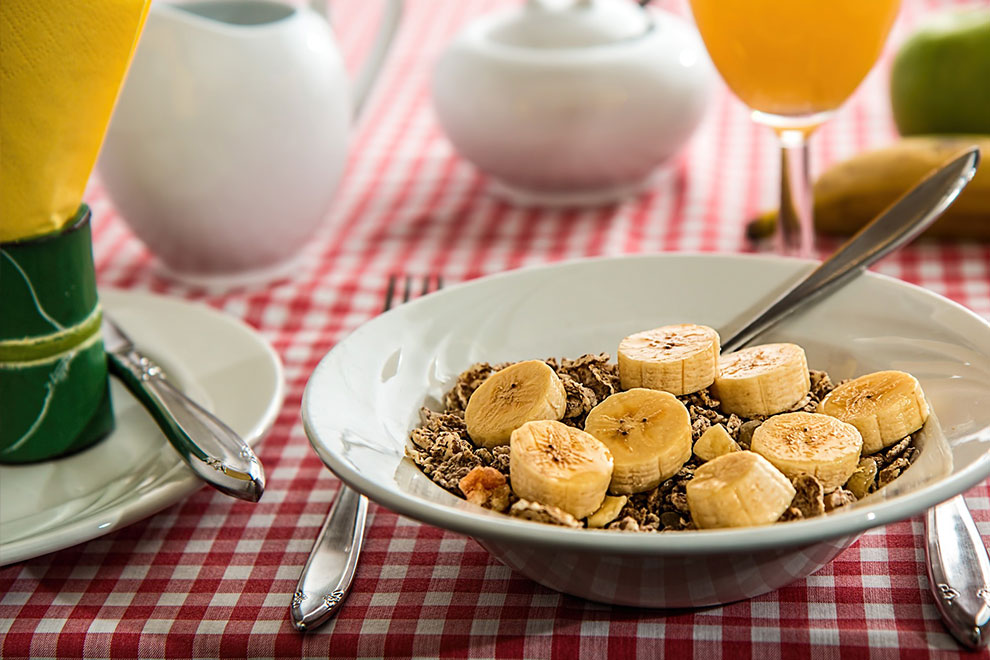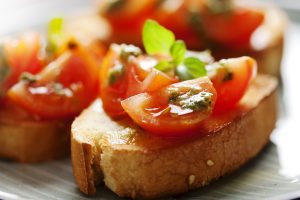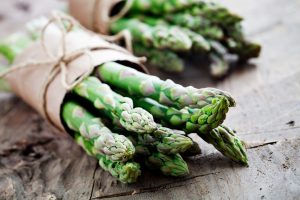Healthy food habits can help you reduce three risk factors for stroke — poor cholesterol levels, high blood pressure and excess weight. Diets high in saturated fat and trans fat can raise blood cholesterol levels. Diets high in sodium can contribute to increased blood pressure, and high-calorie diets can contribute to obesity. A diet with five or more servings of fruits and vegetables per day may reduce the risk of stroke.
ome stroke survivors have a loss of appetite. For others, eating may be difficult due to swallowing problems or limited hand or arm movement. In any case, talk to your healthcare team to make sure you’re getting the nutrition you need. To make eating a little easier again, try these steps:
Choose healthy foods with stronger flavors, such as broiled fish and citrus fruits. Also, spices add flavor to food and serve as a good substitute for salt.
Choose colorful, visually appealing foods, such as salmon, carrots and dark green vegetables.
Cut foods into small pieces to make them easier to chew.
Pick softer, easier-to-chew foods, such as yogurt, bananas, whole-grain hot cereals and low sodium soups.
If you have trouble swallowing, talk to your speech therapist or doctor. This condition can be treated.



